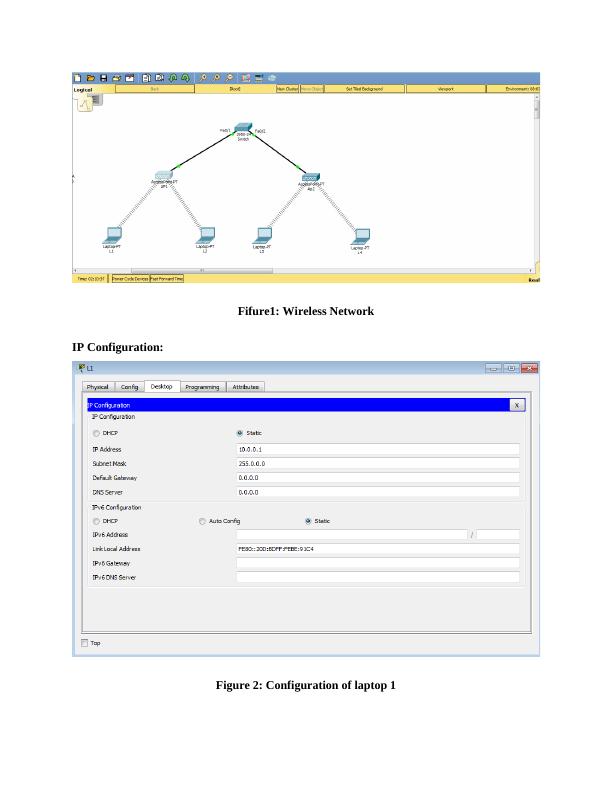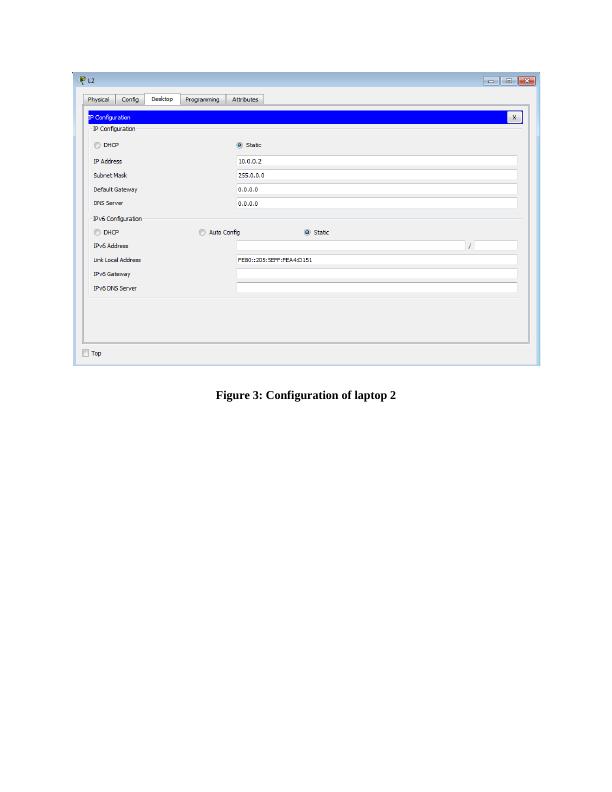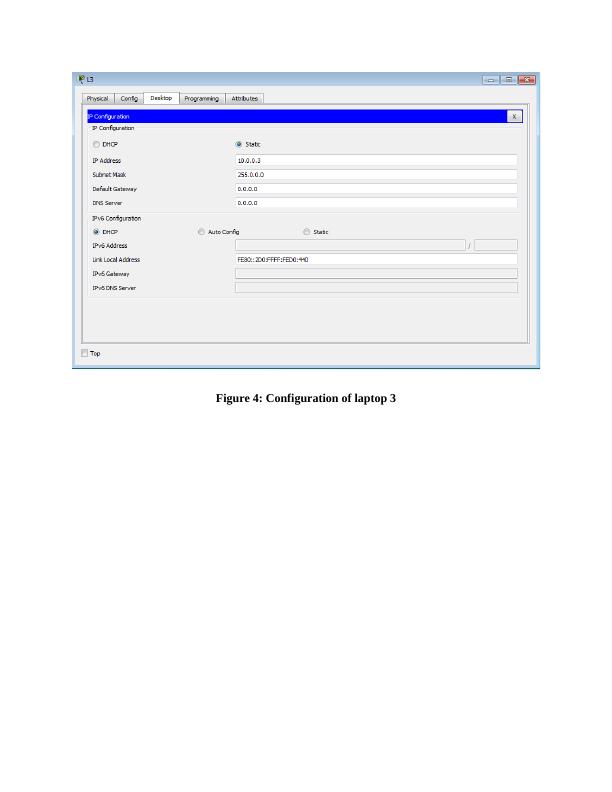RFID & NFC and Wireless Network Design
25 Pages885 Words138 Views
Added on 2023-06-04
About This Document
This article discusses RFID and NFC technologies, their differences, and challenges faced by them. It also covers the design of a wireless network, including IP configuration, security implementation, and device connectivity. Ping, channel, and mismatch tests are also performed. Subject: Technology, Course Code: NA, Course Name: NA, College/University: NA
RFID & NFC and Wireless Network Design
Added on 2023-06-04
ShareRelated Documents
End of preview
Want to access all the pages? Upload your documents or become a member.
Working Method and Security Considerations of RFID and NFC
|4
|971
|368
Wireless Networking Concepts - Comparative Analysis and Ping Test
|6
|1027
|445
Wireless Networking: Comparative Analysis and Configuration
|10
|1409
|156
Emerging Technology: Near Field Communication (NFC)
|11
|3233
|444
Wireless Networking Concepts - Comparative Analysis and Ping Test
|7
|1157
|119
Wireless Network: NFC Technology and System Network Diagram
|6
|1010
|240






